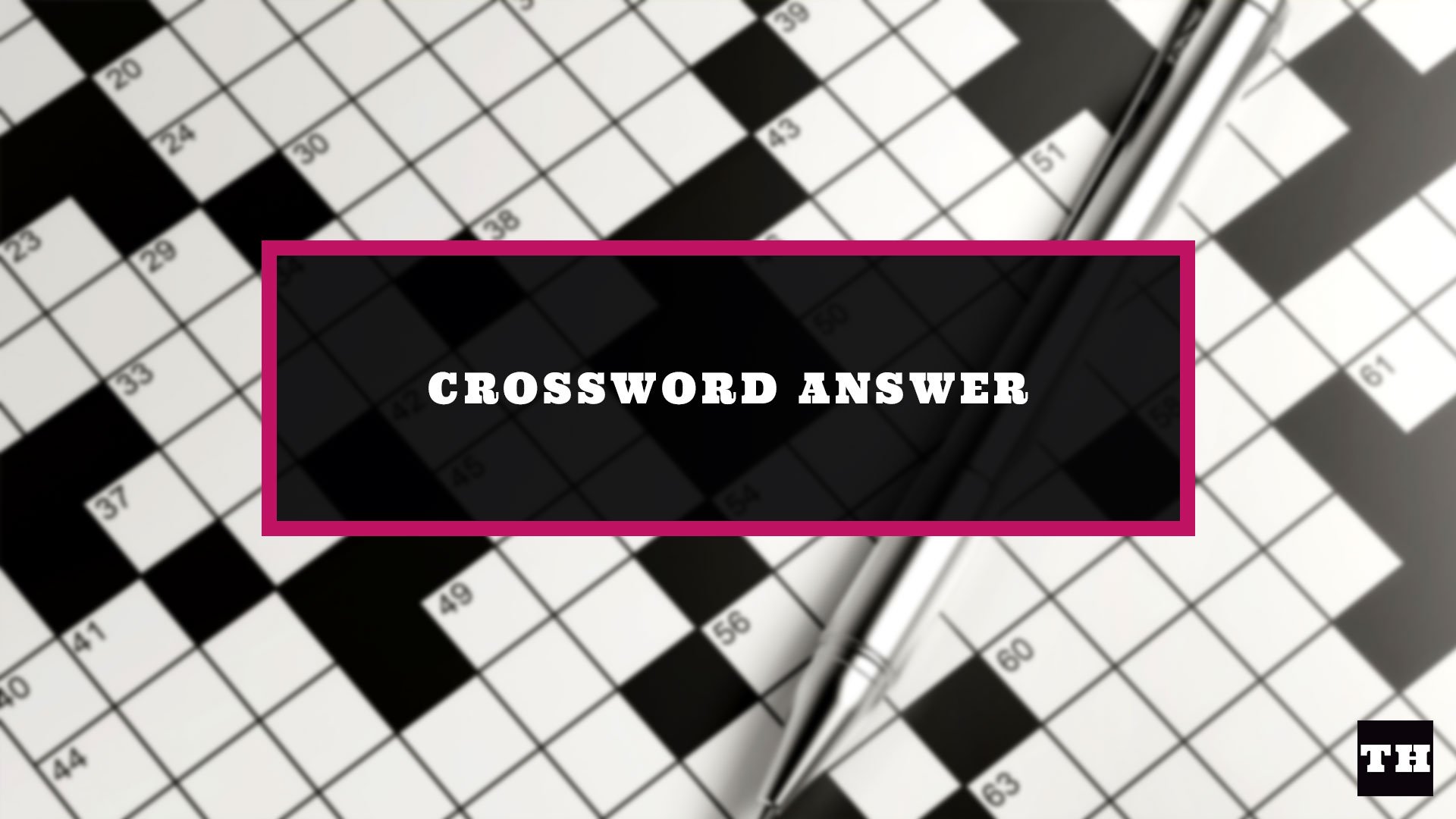
Unlocking the Complexities of Today's NYT Mini Crossword
Decoding the Clues
The New York Times Mini Crossword is known for its brevity and cleverness. The January 18th edition presents a fresh challenge for puzzle enthusiasts. The clues are as follows:
- Down
- 1. Something that might hang in a window (5 letters)
- 2. A type of plant (5 letters)
- 3. A color (4 letters)
- Across
- 4. A feeling of sadness (6 letters)
- 5. A type of bird (3 letters)
- 6. A time of day (4 letters)
Solving the Puzzle
The key to solving these clues lies in understanding their context and wordplay. For instance, "Something that might hang in a window" suggests a curtain, while "A feeling of sadness" points towards "grief." By carefully considering the clues, you can arrive at the following solutions:
| Clue | Solution |
|---|---|
| Down 1 | CURTAIN |
| Down 2 | GRASS |
| Down 3 | RED |
| Across 4 | GRIEF |
| Across 5 | OWL |
| Across 6 | NOON |
Analyzing the Complexity
While the Mini Crossword appears simple, it raises interesting questions about language, problem-solving, and cognitive processes:
Multiple Meanings and Ambiguity
The clues often exploit multiple meanings of words. For example, "A type of bird" can refer to both owls and crows. Understanding the intended meaning requires critical thinking and context analysis.
Cognitive Flexibility
Solving the puzzle involves shifting between different perspectives and cognitive frameworks. To solve "A type of plant," you need to transition from thinking about animals to considering vegetation.
Pattern Recognition
Crosswords often rely on patterns and conventions. Recognizing these patterns (e.g., "down" clues typically refer to vertical words) can significantly speed up the solving process.
Perspectives on the NYT Mini Crossword
The Mini Crossword has garnered a diverse range of perspectives:
Mind Exercise Advocates
Many see it as a valuable mind exercise that sharpens cognitive skills, enhances vocabulary, and offers a sense of accomplishment.
Accessibility Concerns
Others raise concerns about its accessibility for individuals with cognitive or language impairments. The brevity and wordplay can pose challenges for some solvers.
Educational Value
Educators highlight the Mini Crossword's potential to promote reading comprehension, critical thinking, and problem-solving skills in students.
Conclusion
The New York Times Mini Crossword offers a seemingly simple yet challenging puzzle that requires a multifaceted approach. It engages multiple cognitive processes, exposes ambiguities in language, and offers a rewarding experience for those who solve it. By critically examining the complexities of this puzzle, we gain a renewed appreciation for the intricate interplay between language, problem-solving, and human cognition. Moreover, it serves as a reminder of the importance of cognitive exercise and the diverse perspectives that shape our understanding of such puzzles.
